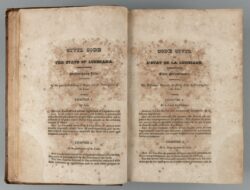History
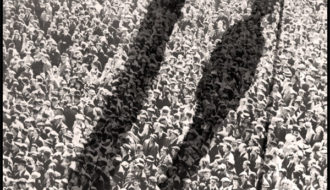
Lynching
Lynching, an extralegal method of maintaining racial boundaries (and terror), has a long, bloody history in Louisiana.

Lynching, an extralegal method of maintaining racial boundaries (and terror), has a long, bloody history in Louisiana.

Manuel Luis Gayoso served as governor of the Spanish colonies of Louisiana and West Florida from 1797 until his death in 1799.
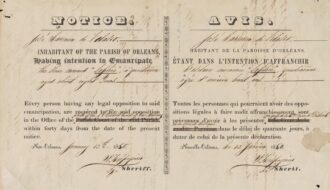
Manumission is the formal act or process of being released from slavery.
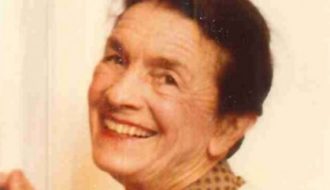
Marie Louise Wilcox Snellings, one of the first women to earn a law degree from Tulane University, became a successful politician in northeastern Louisiana.

Bavarian immigrant Michael Hahn served as the first Union governor of Louisiana for one year during the Civil War.
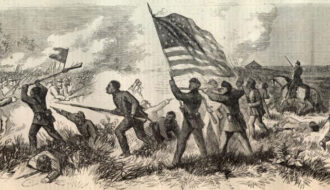
At Milliken’s Bend the majority of Union forces were formerly enslaved men whose valor was heralded to increase military recruitment among free African Americans.
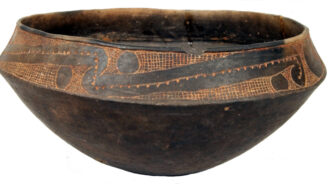
People of the Plaquemine, Caddo, and Mississippian cultures lived in Louisiana between 300 and 800 years ago during a time known as the Mississippi period.
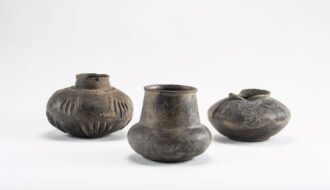
The Mississippian culture spanned from roughly 1050 to 1700 CE
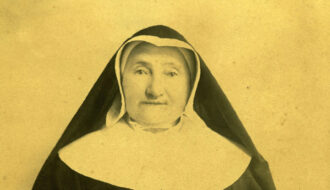
Mother Mary Hyacinth led nine Daughters of the Cross from France to central Louisiana in 1855 to open a convent and several schools.
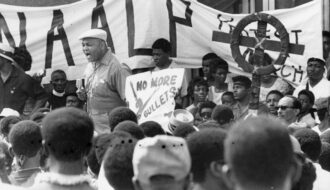
The NAACP, a national organization founded in 1909 to fight for citizenship rights for Black Americans, opened its first Louisiana branch in 1914.
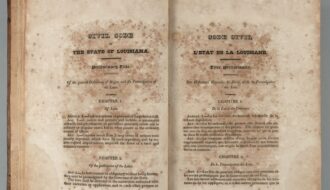
The French Civil Code of 1804 standardized civil law in France, becoming a model legal framework for jurisdictions around the world, including Louisiana.

The French Civil Code of 1804 standardized civil law in France, becoming a model legal framework for jurisdictions around the world, including Louisiana.
One-Year Subscription (4 issues) : $25.00
Two-Year Subscription (8 issues) : $40.00
